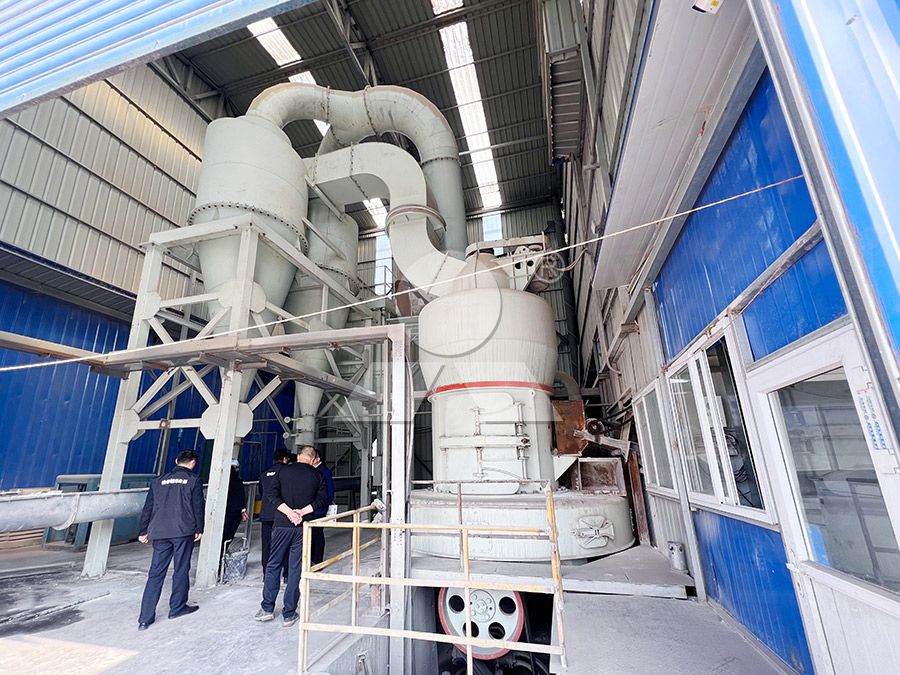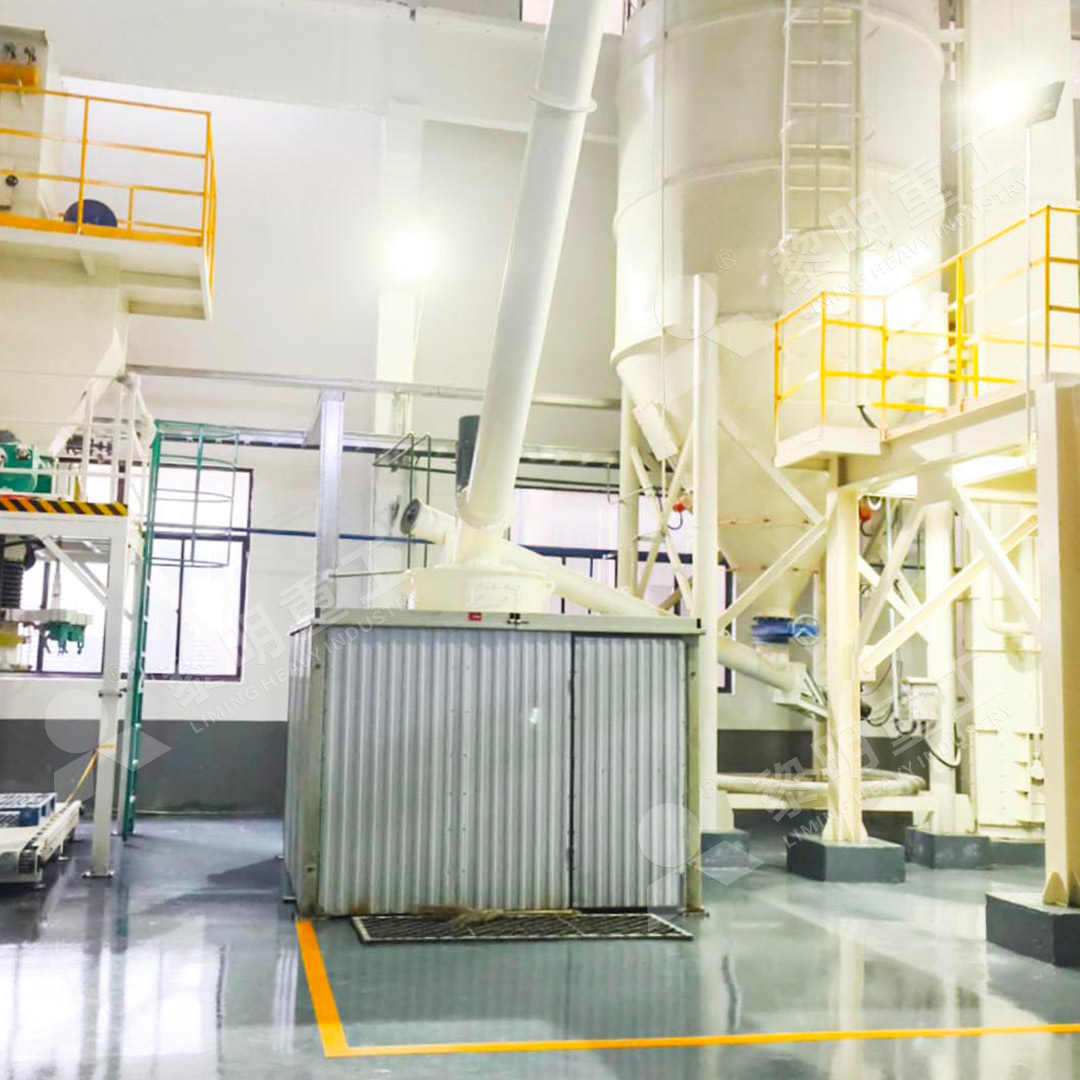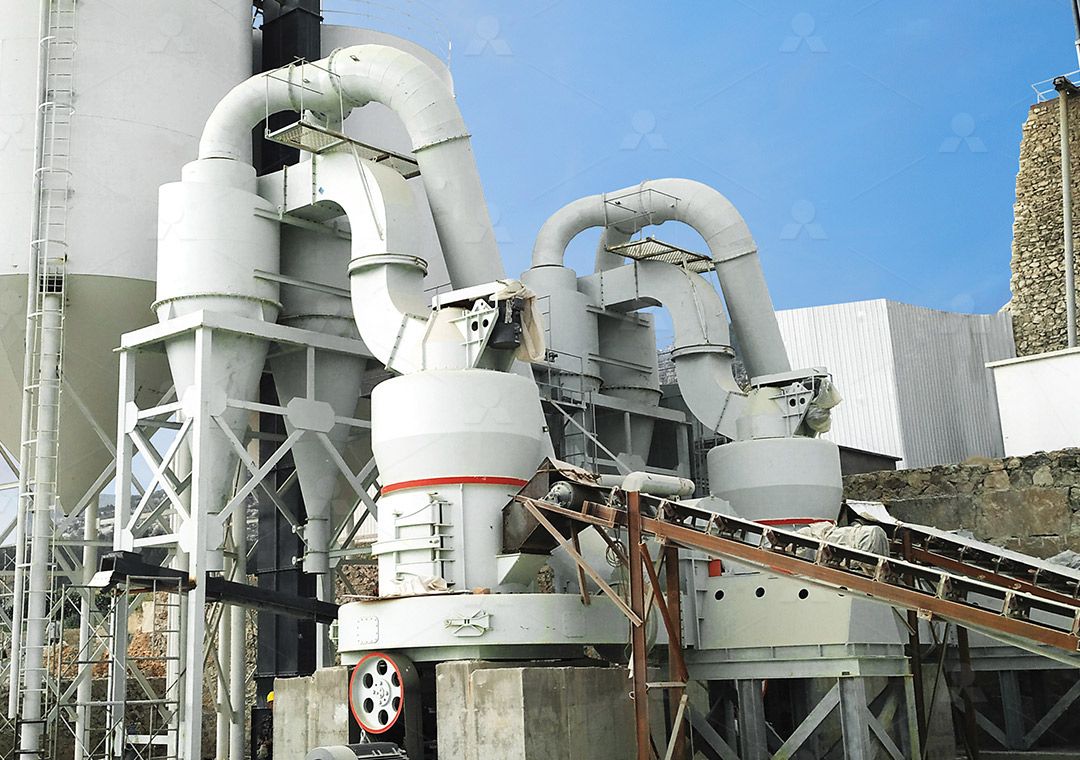Application of Talc Powder in Automotive Interior Plastics and Components
Application of Talc Powder in Automotive Interior Plastics and Components
In the highly competitive automotive industry, manufacturers are constantly seeking ways to improve the quality, durability, and aesthetics of interior components while managing costs. One of the key materials that has proven invaluable in this pursuit is talc powder. This naturally occurring mineral is widely used as a functional filler in polypropylene (PP) and other thermoplastics that form the backbone of modern automotive interiors.
Why Talc? The Performance Benefits
Talc, a hydrous magnesium silicate, is much more than just a simple filler. Its lamellar (plate-like) structure provides significant mechanical enhancements to plastic compounds. When incorporated into polymers like PP, talc improves stiffness, heat resistance, and dimensional stability. This is crucial for components that must withstand the wide temperature fluctuations inside a vehicle, from freezing cold mornings to sun-baked hot days, without warping or losing their shape.

For interior parts such as dashboard panels, door trims, center consoles, and glove compartments, talc-filled PP offers an excellent balance of rigidity and impact strength. This allows for the design of thinner, lighter parts without sacrificing structural integrity, contributing directly to overall vehicle weight reduction and improved fuel efficiency. Furthermore, talc enhances the material’s creep resistance—the tendency to deform under sustained mechanical stress—which is essential for parts that must hold their shape over the lifetime of the vehicle.
The Critical Role of Particle Size and Purity
The effectiveness of talc is heavily dependent on its particle size distribution and purity. Ultra-fine talc powders, with tightly controlled top cuts, provide superior dispersion within the polymer matrix. This leads to a finer composite microstructure, which translates to better surface finish, higher impact strength, and improved aesthetics for visible components. Any coarse particles can act as stress concentrators, potentially initiating cracks and reducing the overall toughness of the part.
This is where advanced milling technology becomes paramount. Producing a consistent, high-purity, ultra-fine talc powder requires precision grinding equipment capable of delivering exacting fineness without contamination.
Recommended Solution: MW Ultrafine Grinding Mill
For producers aiming to supply the automotive sector with top-tier talc, we highly recommend our MW Ultrafine Grinding Mill. This machine is engineered specifically for customers who need to make ultra-fine powder with exceptional consistency. Its innovative design is ideal for processing talc to the exacting standards required by compounders serving the automotive industry.

The MW Mill boasts several key features that make it perfect for this application. It offers Higher Yielding at Lower Energy Consumption, with production capacity 40% higher than jet mills for the same power input. Its Adjustable Fineness between 325-2500 meshes (d97≤5μm) allows precise control over the final product’s particle size. Critically, its design with No Rolling Bearing & Screw in the Grinding Chamber eliminates concerns about mechanical failure and contamination from worn parts or loose metal—a vital consideration for product purity.
Furthermore, its efficient pulse dust collector ensures an eco-friendly operation with no dust pollution, aligning with the clean manufacturing processes expected by automotive suppliers. With an input size of 0-20 mm and a capacity range of 0.5-25 tph, it offers both flexibility and high performance for talc production lines.
Beyond Performance: Aesthetics and Processing
The benefits of fine talc extend beyond mechanical properties. It significantly improves the surface quality of molded parts, resulting in a smoother, Class-A finish that is ideal for painting, graining, or other secondary operations. It also improves the flow characteristics of the polymer melt during injection molding, allowing for the filling of complex, thin-walled designs common in modern interiors.

As the automotive industry continues to evolve towards more sustainable and lightweight solutions, the role of high-performance mineral fillers like talc will only grow. By investing in the right processing technology, such as the MW Ultrafine Grinding Mill, material producers can ensure they are providing the high-quality inputs needed to manufacture the next generation of automotive interiors—components that are lighter, stronger, more aesthetically pleasing, and built to last.
